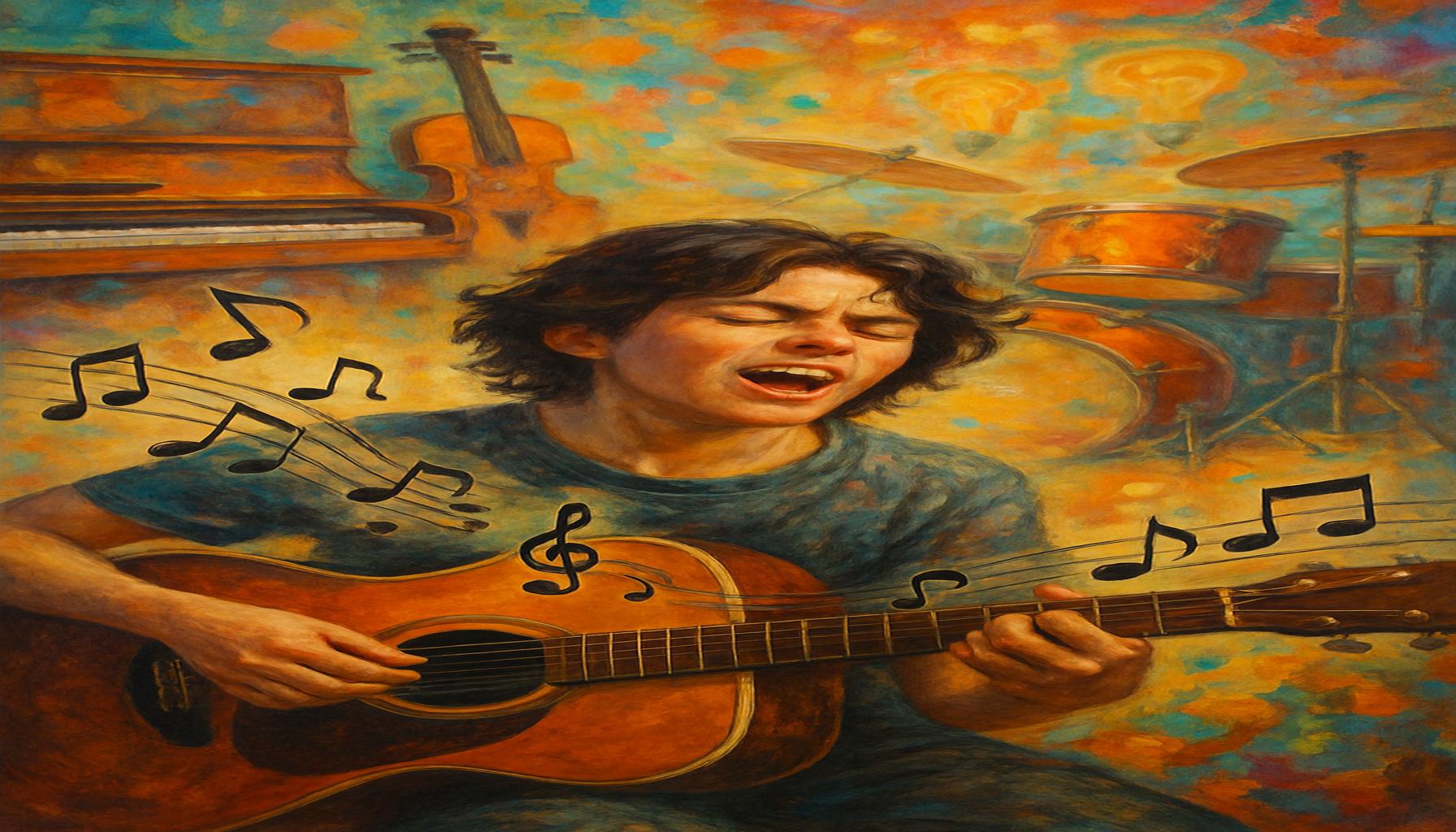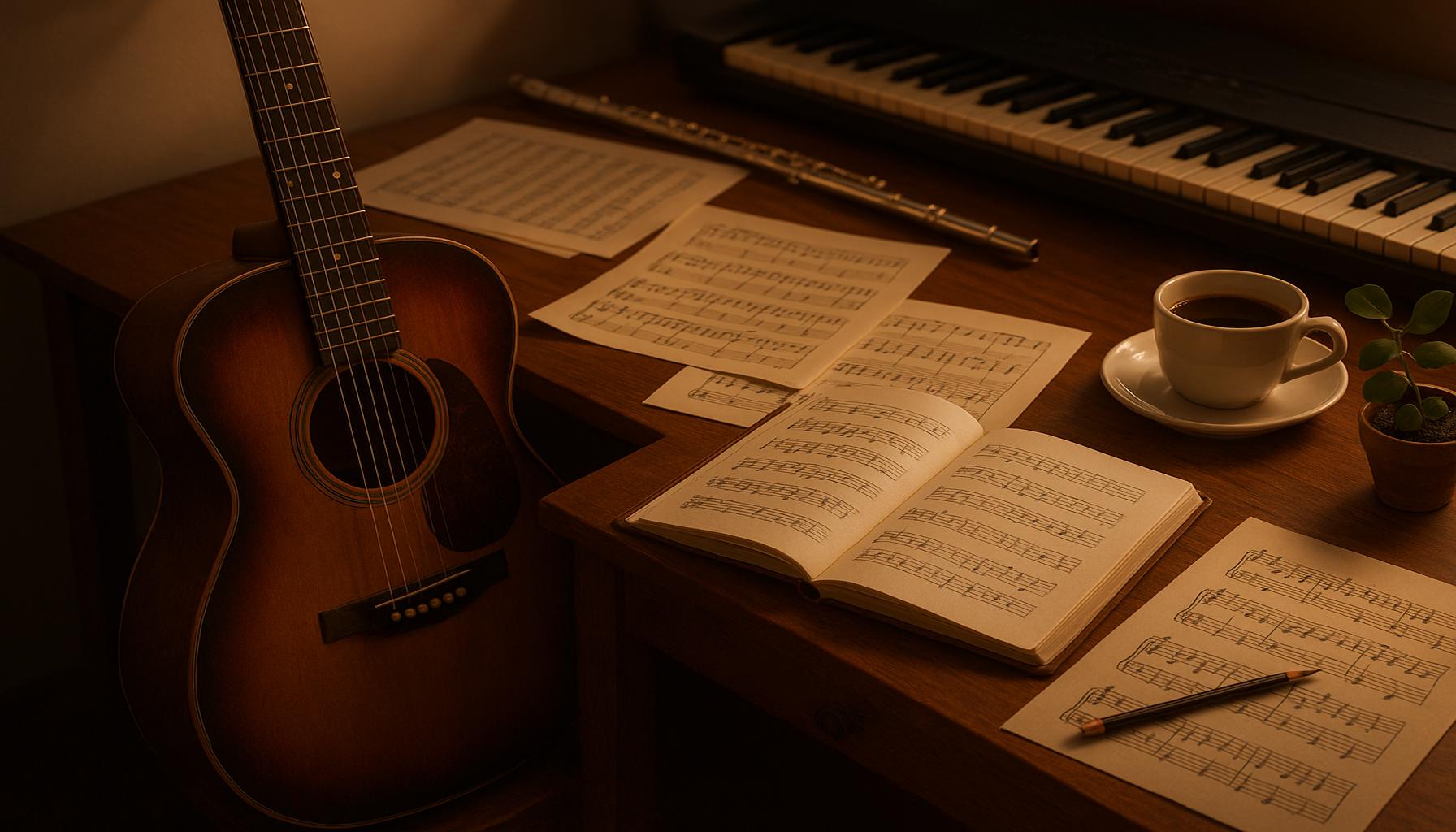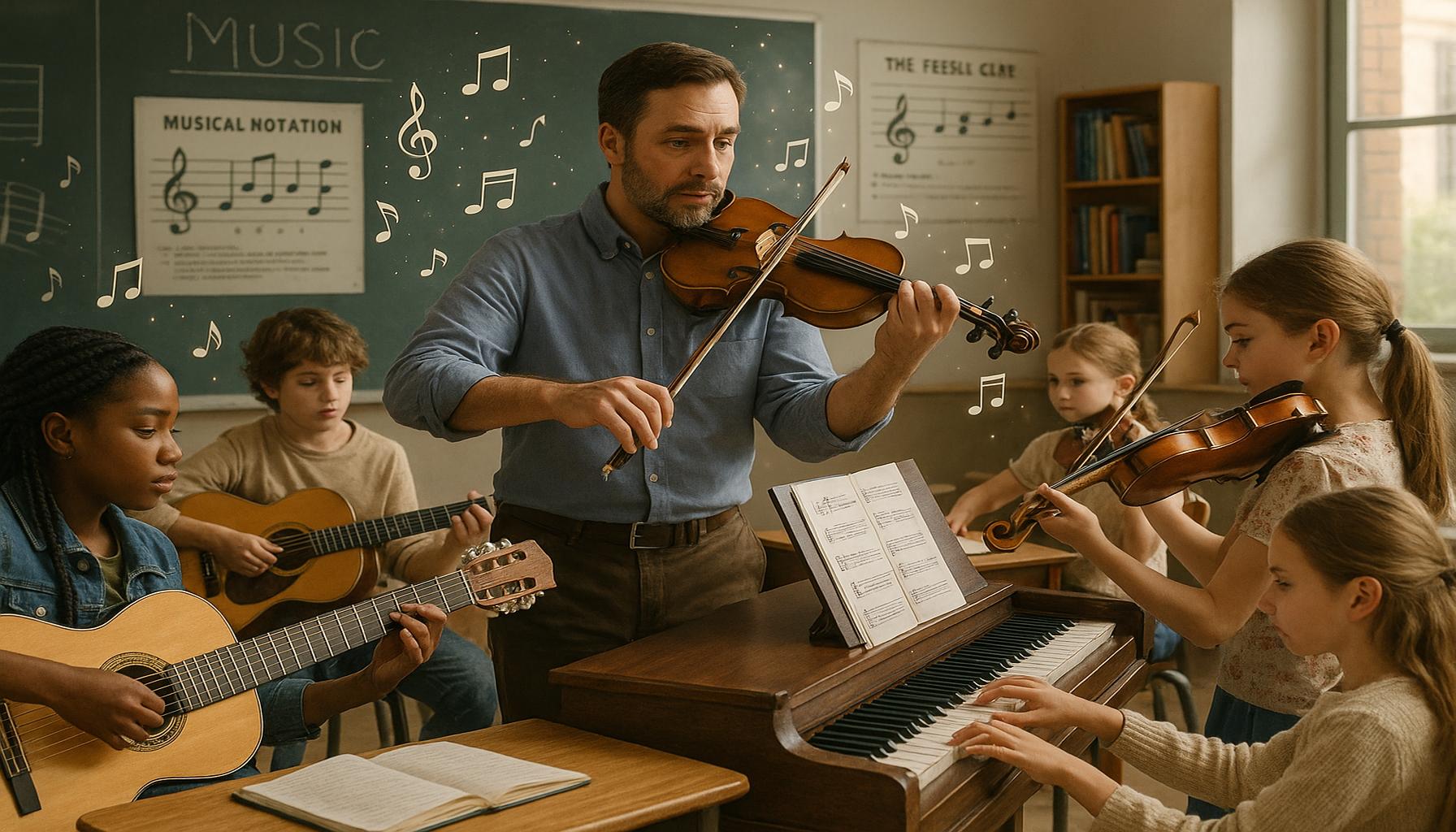The Experience of Live Looping: Exploring Creativity in Live Musical Performances
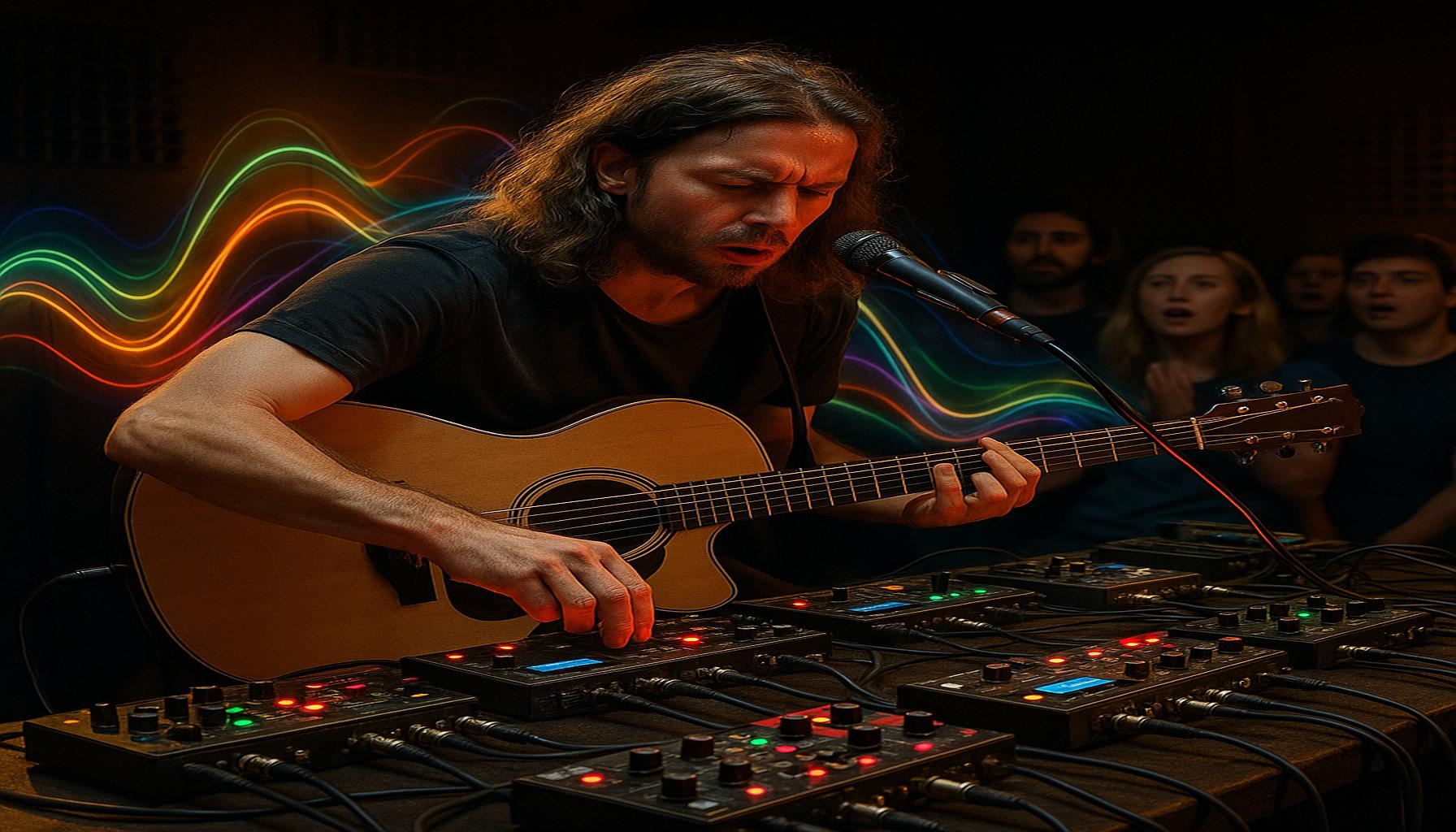
The Experience of Live Looping
Imagine being able to create a symphony all by yourself, layering sounds and melodies in real-time. This is the magic of live looping, a revolutionary technique that captivates audiences and empowers artists. It blends technology with creativity, allowing musicians to craft intricate soundscapes right before our eyes. The experience of live looping is unlike any other, as it merges traditional musicianship with cutting-edge technology, paving the way for an exciting auditory adventure.
Live looping enhances the performance experience in many ways:
- Spontaneity: Musicians can adapt and change their performance on the fly, responding to the energy of the crowd. For instance, a performer may start with a simple beat, but as they gauge the audience’s reaction, they might add more layers, such as claps or vocal harmonies, to elevate the mood. This dynamic interaction keeps the performance fresh and engaging.
- Layering: Artists use multiple tracks to build complex rhythms and harmonies that add depth to their music. A single performer might create an entire orchestra of sound using just their voice, a guitar, and perhaps a keyboard. By overlaying these elements, artists can develop rich musical tapestries that fill the venue and captivate listeners.
- Interactivity: Audiences often feel more connected as they witness the construction of a song live. This unique experience allows spectators to engage with the performance actively, sometimes cheering on specific creative choices or even inspiring the artist’s next move. This sense of shared journey enhances the emotional connection between the artist and the audience.
This innovative approach has changed the concert landscape across genres, from hip-hop to rock, and even electronic music. Renowned artists like Ed Sheeran and Reggie Watts have popularized this technique. For example, Ed Sheeran incorporates live looping in his performances by layering his guitar, beatboxing, and vocal harmonies, effortlessly transforming a simple live set into an explosive musical experience. Reggie Watts, known for his comedic and musical skills, utilizes looping to create unexpected sound combinations, engaging audiences through humor and creativity.
As we delve deeper into the world of live looping, we uncover the tools behind this artistic expression. Musicians often rely on equipment such as loop pedals, digital audio workstations, and various synthesizers to create and manipulate their sound in real-time. These tools enable artists to experiment and push the boundaries of their creativity.
Ultimately, live looping is about more than just music; it creates a communal experience that resonates with everyone present. The excitement of watching an artist craft their work in real-time fosters a sense of connection, making each performance unique and unforgettable. This ongoing evolution in the music landscape invites us all to explore the depths of our creativity, inspiring both artists and fans to reimagine the concert experience.
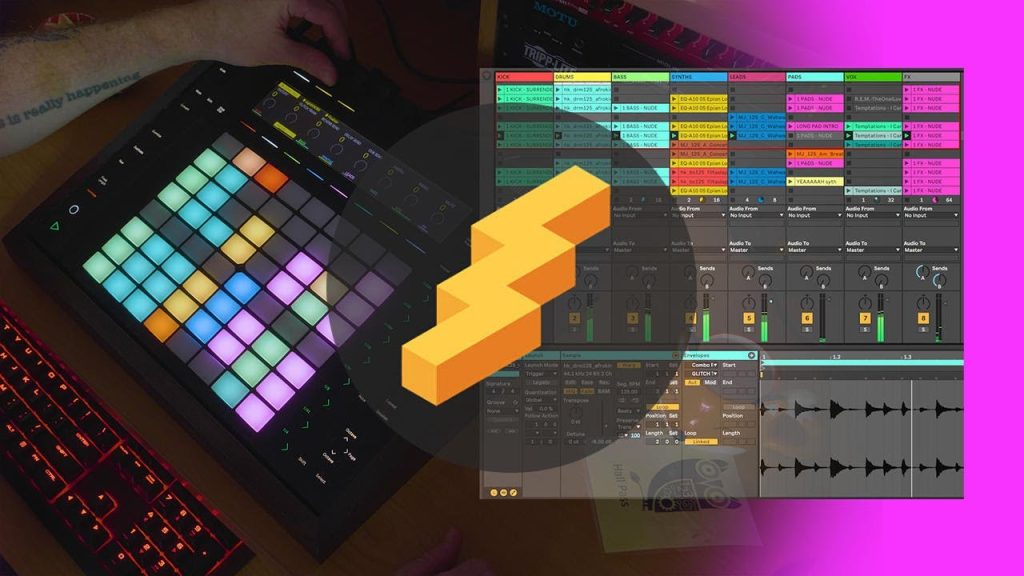
DIVE DEEPER: Click here to discover how creativity can change lives
Unleashing Creativity through Technology
The rise of live looping has redefined the way musicians approach their craft, fundamentally altering not only how they perform but also how they engage with their creativity. At the heart of this artistic revolution lies the use of advanced technology that empowers artists to explore the boundaries of sound. By transforming traditional performance setups into dynamic sound laboratories, musicians can innovate on stage while captivating their audience in ways that were previously unimaginable.
Central to the experience of live looping are the various tools and technologies that artists employ. A multitude of devices and software options are available, each offering unique capabilities to enhance the live performance experience:
- Loop Pedals: These compact units allow musicians to record and playback sound snippets on the fly. Artists can layer multiple tracks, creating a rich sonic environment that grows with every loop, effectively allowing them to perform as a one-person band.
- Digital Audio Workstations (DAWs): Many performers utilize software like Ableton Live or Logic Pro during live shows, facilitating greater control over sound manipulation. These platforms can enable complex arrangements, live effects processing, and seamless transitions that enhance the overall production quality of the performance.
- Synthesizers and Samplers: Modern looping often integrates electronic instruments, which broaden the sonic palette available to artists. By incorporating synthesizers and samplers, musicians can explore a myriad of textures, from rhythmic beats to atmospheric pads, thereby expanding the emotional range and depth of their music.
As technology continues to evolve, so does the appeal of live looping. The accessibility of these tools has encouraged a new wave of artists, including those who may not have traditional training in music. This democratization of music creation fosters innovation, paving the way for diverse genres to emerge. From intimate coffee shop performances to grand festival stages, the technique continues to resonate with artists and audiences alike.
Moreover, the impact of live looping is particularly evident in how it alters the role of the performer. No longer is the artist merely a vessel for pre-composed music; they become active creators, engaging their audience throughout the performance. This interactive dialogue enhances the emotional experience for listeners, who watch in real-time as sounds are meticulously crafted before their very eyes.
Engagement is a key component that drives the power of live looping. Musicians can encourage their audiences to participate, be it through vocal improvisation, clapping along, or simply responding to the evolving musical landscape. This shared experience transforms a concert into a participatory event, fostering a sense of community within the space and leaving a lasting impression on all who witness it.
As we continue to explore the transformative power of live looping, it becomes clear that this method is redefining what it means to be a musician in today’s world. The ability to layer sounds, interact with audiences, and harness technology not only enhances the musical experience but also inspires creativity on an unprecedented scale.
The Transformative Power of Live Looping
Live looping is not just a technique; it is a revolutionary approach to musical creation that transforms the **conventional performance** landscape. By enabling musicians to layer sounds live, it encourages unprecedented levels of **creativity and spontaneity**. Artists can build intricate soundscapes in real time, allowing them to explore new musical territories beyond the constraints of traditional instrumentation. This method fosters deeper engagement from performers and audiences alike, creating a unique, intimate musical journey that **resonates on multiple emotional levels**.Moreover, live looping acts as a powerful tool for **collaboration**. Musicians from different genres can effortlessly blend their styles, producing unique compositions that showcase their individual artistry while contributing to a greater collective sound. This blend of influences leads to an **innovative and rich auditory experience**, pushing the boundaries of genre and musical collaboration.Technologically, the tools for live looping have become more accessible. Stratifying layers of beats, melodies, and harmonies can now be achieved with the press of a button, enabling **musicians of all skill levels** to harness this captivating technique. These tools not only enhance creativity but also allow musicians to perform at locations where traditional setups would be impractical, reaching wider audiences and sharing their art in intimate settings.As we dive deeper into the realm of live looping, it becomes clear that its implications extend far beyond mere musical experimentation. It is a profound shift in how we understand live performances, driving artistic expression to new heights. The growth of this technique is a testament to the **dynamic nature of music**, echoing the need for continual evolution in how we create and experience art. With the backdrop of technology and collaboration fueling its rise, live looping stands as a beacon of **innovation**, inviting musicians and audiences to explore the expansive possibilities within the world of live performances.
DIVE DEEPER: Click here to discover sustainable crafting ideas
Live Looping in Diverse Musical Genres
The versatility of live looping allows it to seamlessly integrate into a diverse array of musical genres, showcasing its potential to transcend traditional boundaries. From hip-hop to folk, jazz to electronic, artists are harnessing looping techniques to create innovative soundscapes that challenge the norms of their respective styles.
In the world of hip-hop, live looping has provided a platform for beatboxers and MCs to create intricate, layered compositions on stage. Artists such as Reggie Watts and Beardyman exemplify this trend, utilizing vocal loops and rhythm to construct captivating performances that engage listeners. By employing live looping, these performers can generate complex beats and melodies on the spot, allowing for spontaneity that is rarely found in pre-recorded sets.
Folk music artists have also embraced live looping, incorporating acoustic instruments into their performances. An example is Ed Sheeran, who utilizes loop pedals to build harmonies and rhythmic layers during his shows. This method not only enhances the depth of his acoustic guitar melodies but also allows him to create a full-band sound while performing solo. The accessibility of loop pedals has brought forth a new era of singer-songwriters who can showcase their talent without needing additional musicians, thus democratizing the performance landscape.
Moreover, in the world of electronic music, live looping is a foundational technique. Artists such as Imogen Heap and Jean-Michel Jarre have skillfully incorporated looping into their sets, enhancing the immersive experience for audiences. Heap, for instance, combines her vocal loops with intricate electronic elements, bringing a fresh approach to live electronic performances. This fusion of live looping and electronic production demonstrates how artists are continuously pushing the sonic envelopes of their genres.
Community and Collaboration in Live Looping
One of the most profound aspects of live looping is its capacity to foster collaboration and build community among performers. The technique allows for impromptu jam sessions, where artists can collaborate on the fly, creating mesmerizing musical conversations. This spontaneity often leads to unique performances that are exclusive to that particular moment, enriching the shared experience with the audience.
Collaborative shows featuring various artists who specialize in live looping are becoming increasingly popular. Events like the Loopers’ Delight gatherings and Looping festivals highlight skilled loopers who showcase their art, creating a vibrant community of like-minded musicians. These events offer the opportunity for artists to experiment and share their techniques, resulting in fresh ideas and innovative performances.
Furthermore, social media platforms have amplified these collaborative efforts by making it easier for loop artists to connect, share, and inspire one another. Platforms like Instagram and TikTok have enabled artists to post short loop performances, sparking challenges and collaborations that amplify their reach and impact. This digital engagement not only nurtures artistic growth but further solidifies the sense of community surrounding live looping.
As the world of live looping continues to evolve, the influence of these performances across genres is undeniable. The way musicians are shaping their output through this dynamic technique demonstrates the limitless possibilities that live looping offers, encouraging ongoing exploration and creativity in musical performance.
DIVE DEEPER: Click here to uncover the evolution of digital photography
Embracing the Future of Live Looping
In conclusion, live looping has emerged as a revolutionary technique that not only enhances creativity in live musical performances but also encourages innovation across a myriad of genres. By enabling artists to craft intricate sounds and rhythms on the spot, looping serves as a bridge between technology and musicianship, elevating the music experience for both performers and audiences alike. The evolution of live looping has birthed a new wave of musical expressions, transforming solitary performances into collaborative explorations and redefining the concept of a live concert.
The remarkable adaptability of live looping, showcased in various musical styles from hip-hop to folk and electronic music, demonstrates its unparalleled ability to break down barriers and foster community among artists. As musicians continue to embrace this technique, they are enriching the cultural landscape and offering fans unique auditory experiences. Events dedicated to looping not only celebrate this artistry but also create spaces for sharing and learning, paving the way for future innovation.
Moreover, the impact of social media cannot be overstated, as it has enabled an even wider dissemination of looping performances, fostering a global community of artists and enthusiasts. This interconnectedness amplifies creativity, encouraging ongoing exploration in live performances while inspiring new generations of musicians to experiment with their sound.
As we look ahead, the continued evolution of live looping is sure to redefine our understanding of musical performance, making it an exciting area for both artists and listeners. For those fascinated by the intersection of technology and live music, diving into the world of live looping promises to reveal a myriad of possibilities just waiting to be discovered.
